My life’s been crazy lately. A lot of things are happening around me on all possible fronts and I have the feeling of trying to keep balance on a rope high, with hungry lions staring at me from below, licking their fangs as they patiently wait for me to slip and fall into their clutches.
I won’t go into details because I don’t want to bore you with my first world problems, but I will tell you one thing: living and working in Singapore is NOT easy if you are a foreigner like me.
Also in the dates that we are in, all I do is think about the Mediterranean and the endless Summers on the beach. (Sigh)
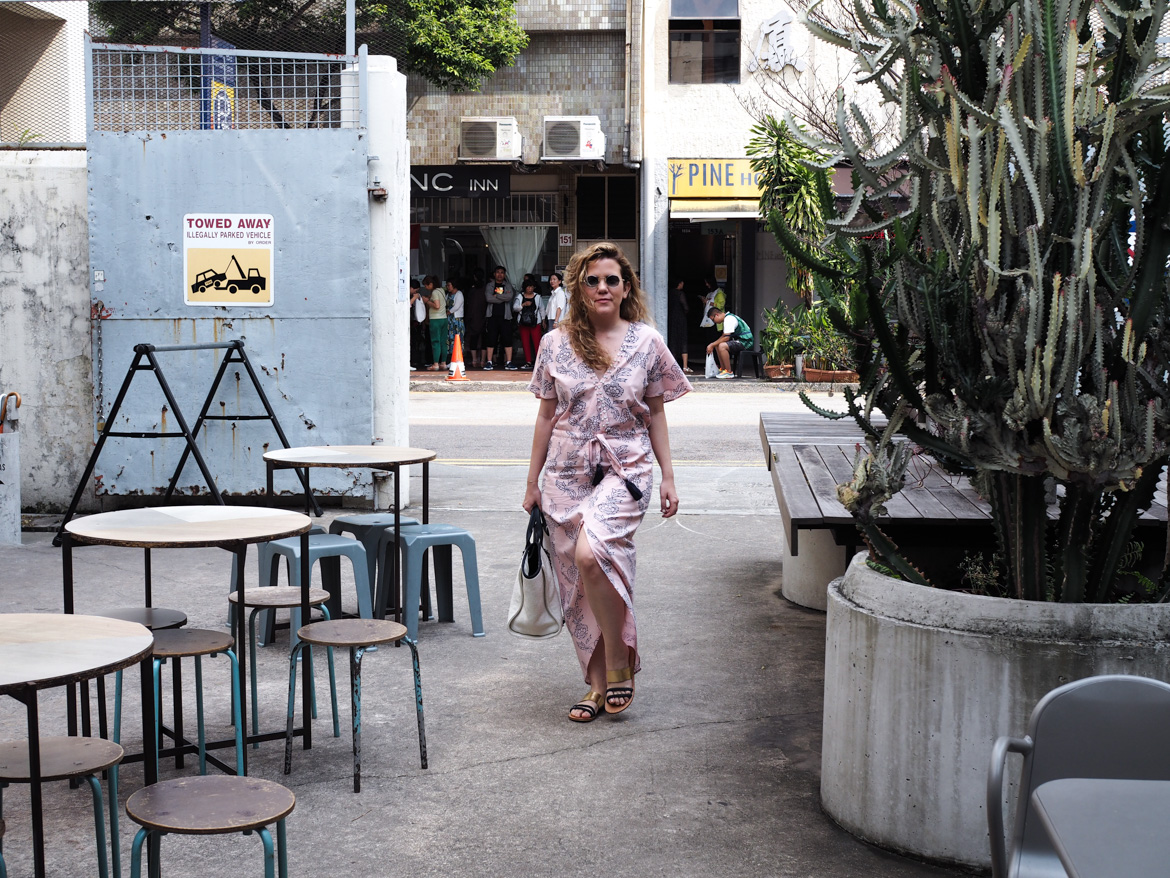 How I got Interested in Sustainable Fashion
How I got Interested in Sustainable Fashion
But I’m here today to tell you something more interesting than my Mediterranean yearnings. If you don’t know me in person, you probably don’t know that the first year I arrived in Singapore I took a course in fashion design. I did it in NAFA (Nanyang Academy of Fine Arts) and the truth is that I learned a lot.
I finished the course with a pretty clear idea of what it means to design a clothing collection. From the mental map to moodboard, design motifs, learn to make figurines, sketches of garments, technical flats, patterns and even sewing! A super complete course that I recommend to everyone who wants to enter the world of fashion and has no training in that area (and is based in Singapore lol).
After finishing the course I became interested in sustainable fashion and a more conscious lifestyle. I discovered Deliciously Ella and Jessica Sepel (@jshealth) and started cooking real food and making healthy recipes. Then I came across Fashion Revolution, I don’t remember how, and I saw the documentary True Cost on Netflix.
That’s when something clicked.
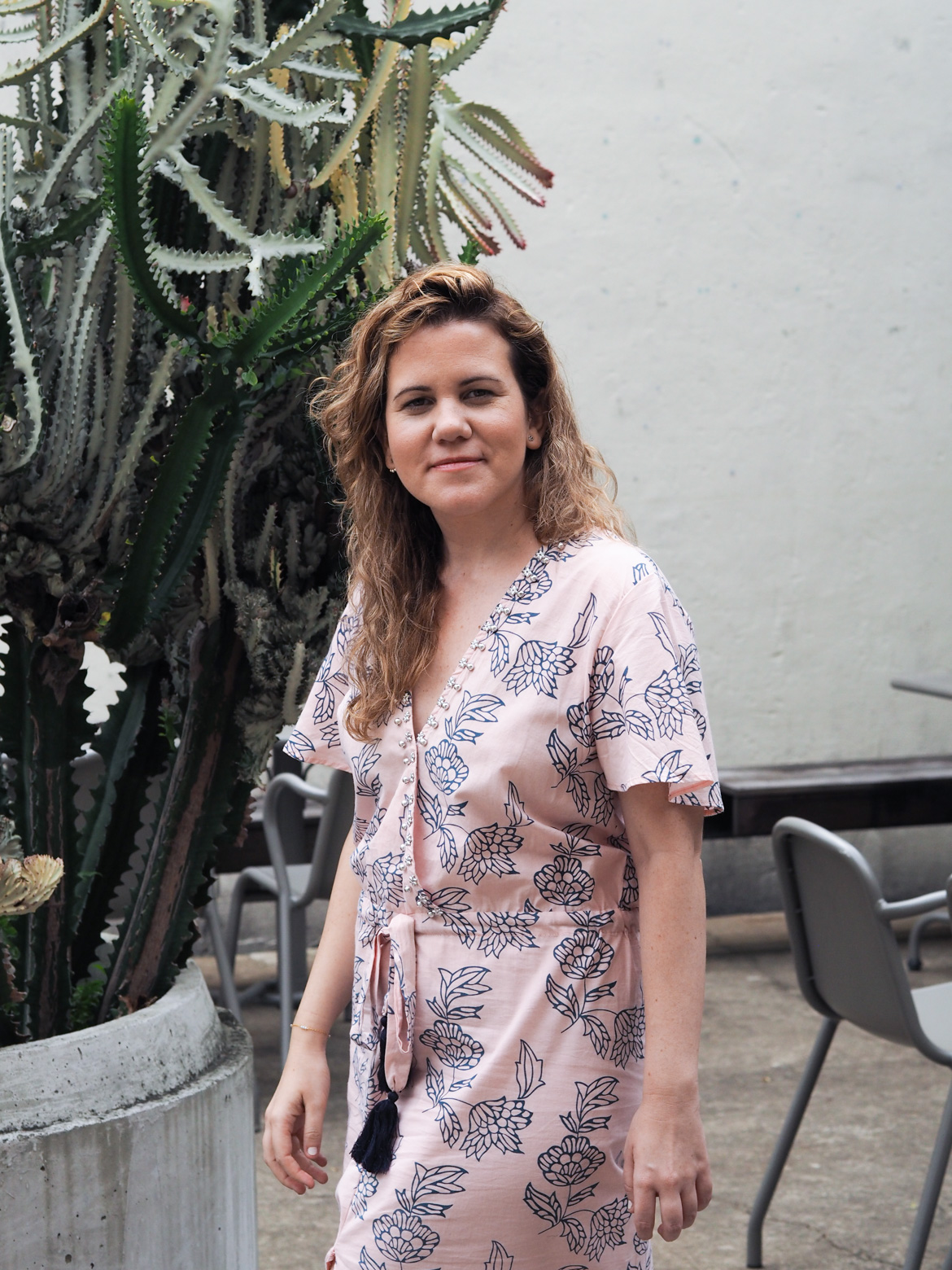
The Fast Fashion Effects
I began to investigate further and discovered the giant monster that is Fast Fashion. And believe me, I have mixed feelings on this subject. As a proud Spaniard, I am very happy when there are companies in my country that are successful. And it is not very common to find companies with such a brutal success as the Inditex group (Zara, Massimo Dutti, Bershka, Stradivarius, Uterqüe etc.).
The problem comes when these types of companies have reached to where they are following questionable practices in their production processes. This is a very, very complex issue that many people don’t take the time to understand, surely because it’s convoluted. But the reality is that the business model of these companies takes into account neither sustainability, nor the environment, nor the rights of the workers of the factories that produce the clothes they sell. It is a business model that was born to manufacture as cheap as possible to get as much profit as possible. And to implement true sustainability in such a developed monster is practically impossible.
 A Problem without Solution?
A Problem without Solution?
But the complexity of the matter prevents me from stopping there. The workers in these factories have bosses, and these bosses have other bosses. And at the end of the chain there is always the government of the country in question and the labor laws applicable to the residents of that country.
The reality that many don’t see is that it’s not Zara’s fault that the workers in their factories don’t get a living wage. It is the fault of the government of that country.
What is Zara’s responsibility is to take advantage of the power it has as a huge company to demand certain standards in the factories where its clothes are made. There are many of them, and they are found in many different countries.
Any factory would roll out the red carpet to a customer like Inditex or H&M, and it is their moral duty to take advantage of that privilege as customers to demand certain conditions and standards. I know that they do make those demands, and that many factories deceive them. They tell them that everything is fine, that their employees receive a good salary and that the working conditions are good. Then they make a surprise inspection and discover that everything was a lie.
“It’s just that they tricked me, it’s not my fault. Well, I’m sorry they cheated on you, but it is your fault. Those inspections should be done before signing a contract. And then they should continue during production. And if there’s something that doesn’t add up, you take your things and go to another one. And that’s how you teach that it’s not right to do things wrong.
The issue of course is that acting this way can lead to millions in losses. And of course, everything is business and the show must go on. You know what I mean.
So, this is a problem that does not have an easy solution, because as long as there is a demand for people who want t-shirts for 5 euros from these companies, this problem will continue to exist.
The only thing we can do is to bet on quality instead of quantity. That nothing happens by wearing the same garment many times, and that garments with a history behind them are always appreciated more.
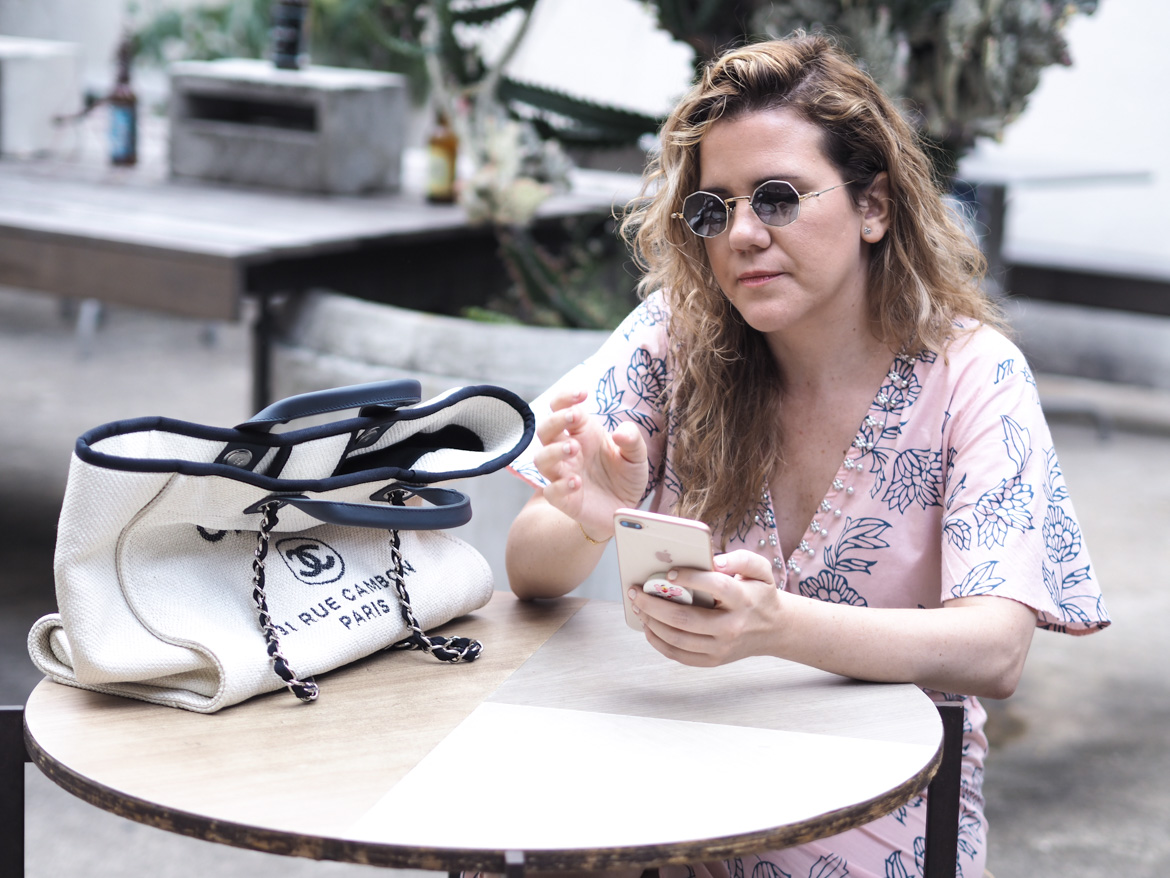
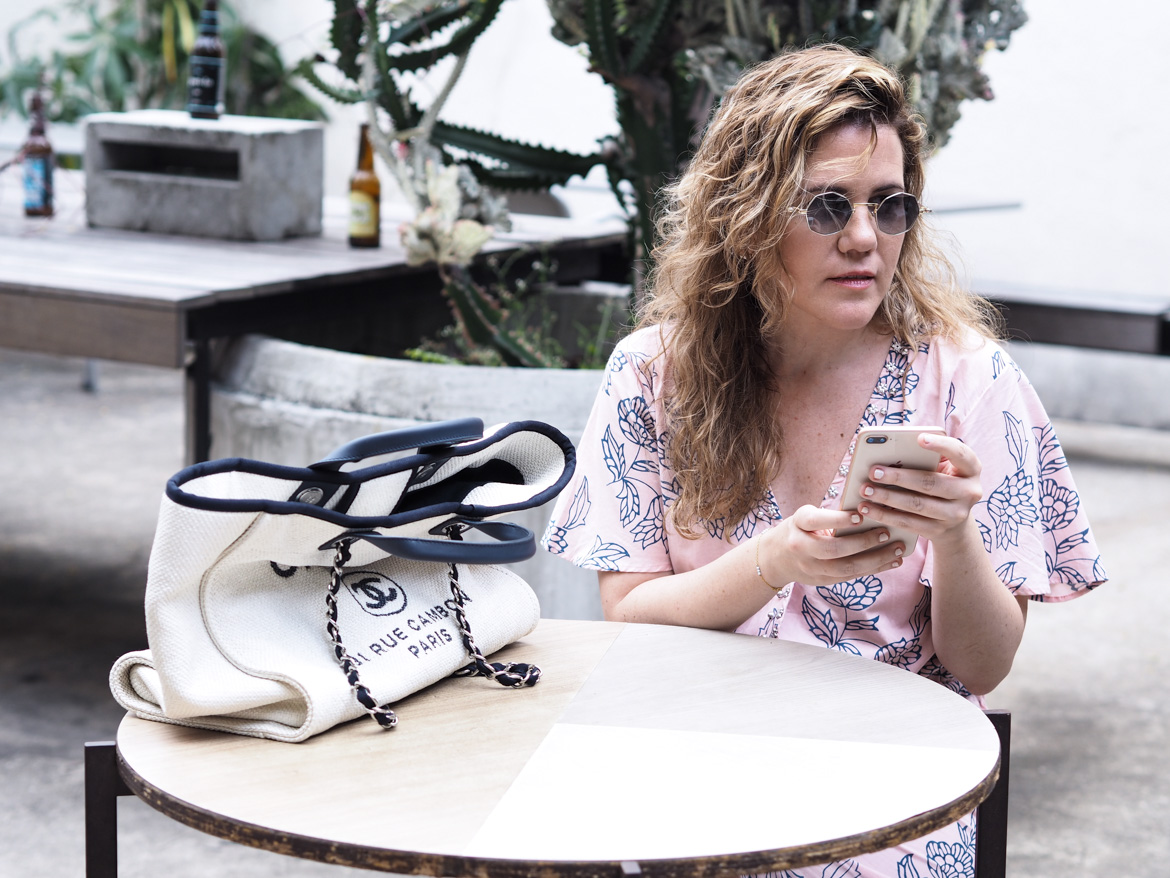
The Sustainable Fashion Project I Have in Mind
And this leads me to tell you that I’ve been thinking for a long time (years) about launching a fashion brand on my own. But apart from the course I did, I have no idea about design, or setting up a company, or anything at all for that matter.
So I decided to enroll in the Factory 45 program, where they teach you how to launch a sustainable fashion brand from scratch. That is, from how to start designing, how to deal with fabric suppliers, to how to do a crowdfunding campaign in Kickstarter. Pretty much everything you need to know. It’s been two months and I’m loving it.
So I hope something comes out of here that finally encourages me to devote the time it takes to this and to start building something more tangible.
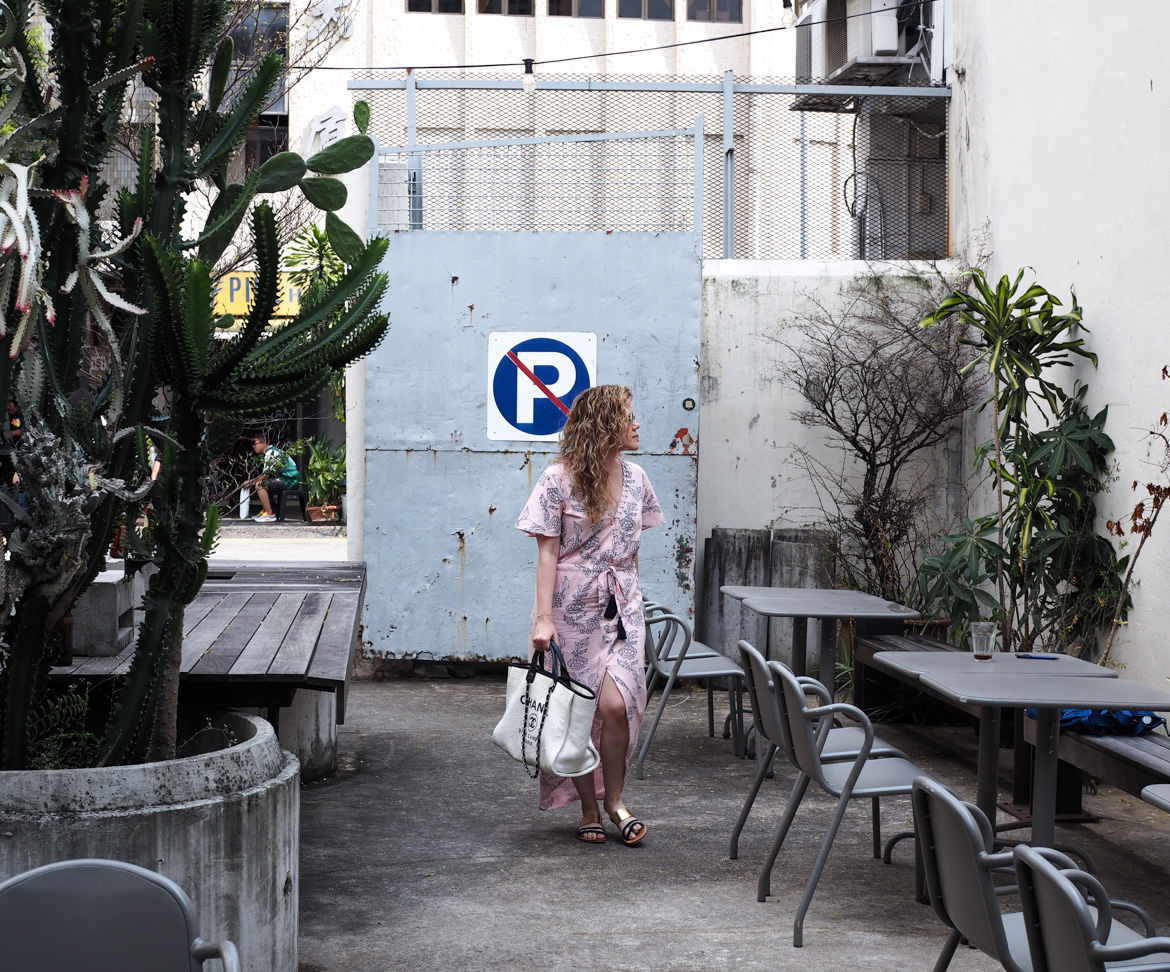 How I’d like the Sustainable Fashion Collection to Be
How I’d like the Sustainable Fashion Collection to Be
My idea is to focus on a collection made with natural and sustainable fabrics of very high quality and with a special touch. Clothes that you can wear either to work or to have a drink with a friend, or to go to breakfast on a Saturday morning. It all depends on how you combine them with other things you already have in your wardrobe.
The truth is that I still haven’t found a sustainable clothing brand that goes beyond the basics made of cotton and linen and that I like the style it has. I also like to dress up more sometimes and the truth is that I’m very fond of silk and fabrics that level up a look instantly. I love indie style clothes and there are many brands that have that style. But I can’t wear those clothes to work and other events, and that’s the hole I find in this industry of sustainable fashion.
I would like to use organic silks, satins, linen and cotton blends, and add some details that make the garment unique and proud to hang in your closet. It will have a story behind it and it will be made by people who have a fair wage.
I would also love to learn how to make capsule wardrobes and show you how to make them too, so you can see that you don’t need so much clothing, but it’s worth betting on quality. And hey, it’s also true that giving yourself a whim once in a while is good for the soul.
And that’s it from me today, that was long! I hope all this helps you understand what has brought me here and what is to come. I will be sharing more of this process here and there, but bare with me cause I must first escape from the singaporean lions!
In the meantime, if you want to keep up to date with what’s going on with this new project, subscribe to my Newsletter here and I’ll keep you posted 🙂
Besitos
Elisa
Organic Cotton Dress: Baliza
Bag: Chanel
Sunnies: Anne et Valentine
Sandals: bought in Bali
Follow me on Instagram: https://www.instagram.com/tropikelle/
Subscribe to my Youtube channel


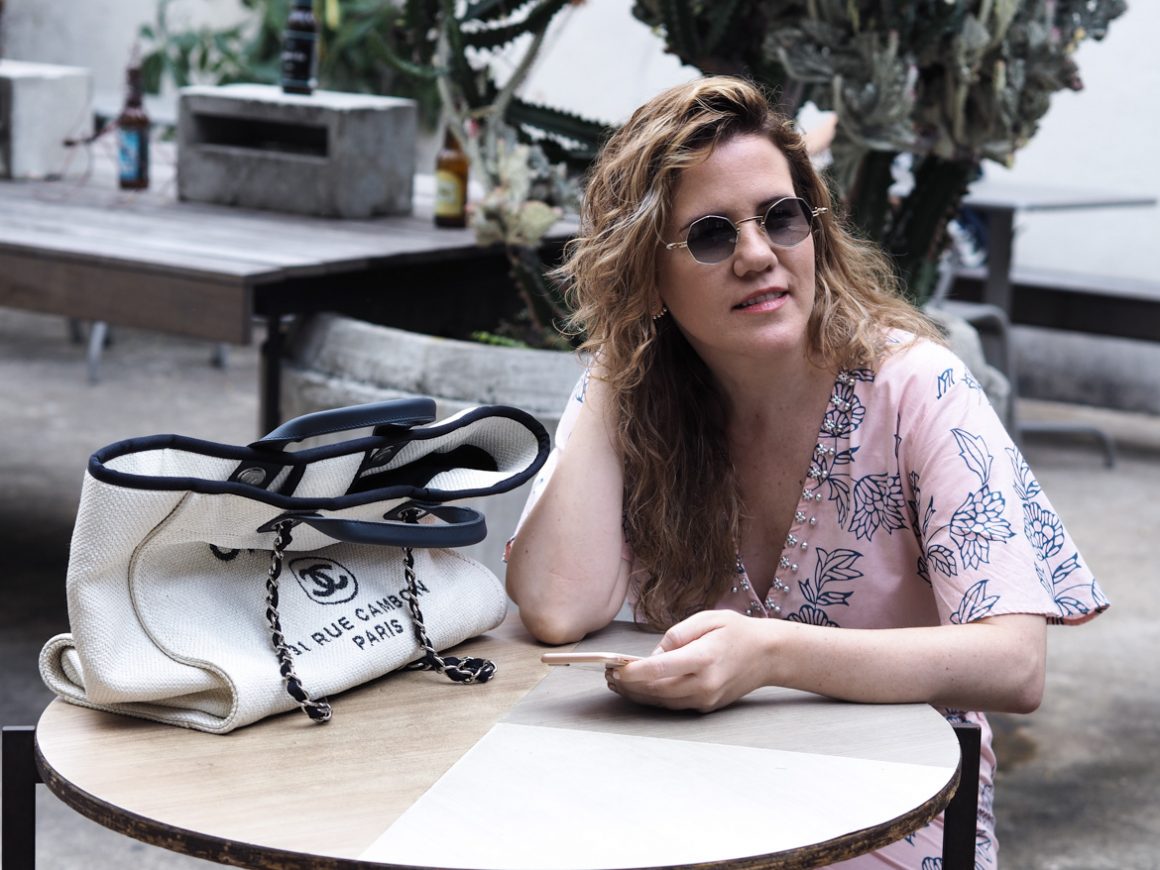

Leave a Reply
You must be logged in to post a comment.